
OR
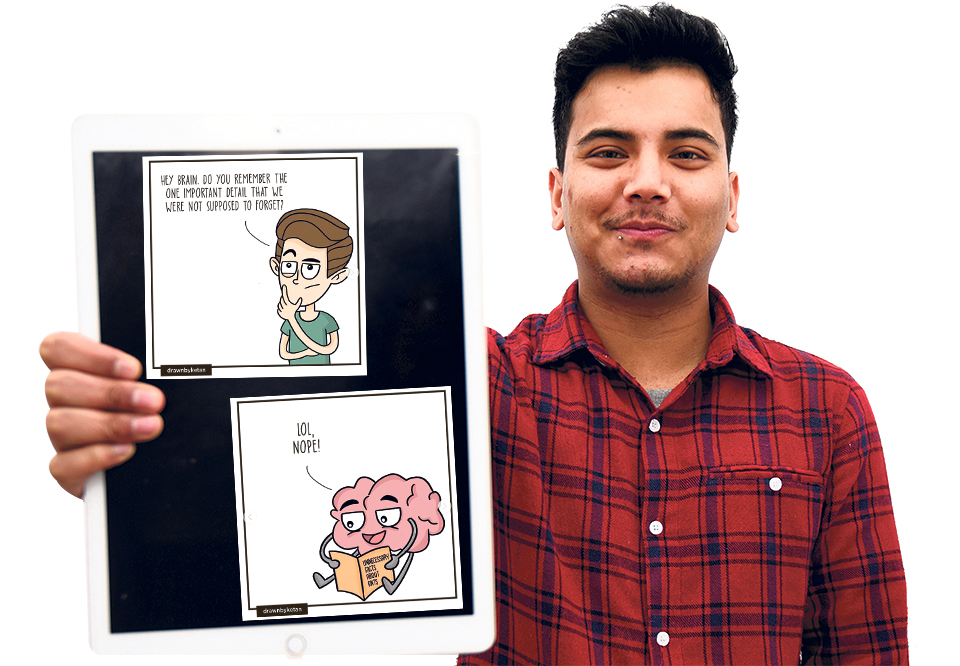
Four years ago, Ketan Maharjan never thought he would become a graphic designer. Sure, he liked drawing, loved it even. He also enjoyed doodling—it put his mind at ease. But pursue this hobby as a career? He had never given it a thought, which is why he chose to pursue Bachelor in Information Management at National College of Computer Studies in Kathmandu.
However, for the past year, Maharjan has chosen to focus on graphic designing and shares his work through Instagram (@drawnbyketan). Currently, he works as a graphic designer for companies looking to brand themselves. He also handles social media marketing and creates digital posts for various brands. Here, he talks to The Week’s Kumudini Pant about how it all started and how he plans to move forward with it.
How did you venture into digital art?
I had always been interested in art. A few years ago, I ordered a Wacom Intous Pen Tablet so I could learn more about digital art and then I learnt about digital drawing through tutorials and used to work on art during breaks.
Back then, it was just a hobby. But it started getting more serious when I got a job at a tech company. There, I had to put some of my art skills to use. That’s when I started creating pictures for online posts. Since the content we worked on was mostly on social media, I also started making comics and drawings. After that, my career shifted entirely.
What devices and software do you use to draw?
Previously, I used to love working on my Wacom tablet. For software, I mostly depended on Adobe Photoshop and Adobe Illustrator. But thanks to Sneha Koirala from Studio Sarcastic who introduced me to iPad Pro models, I use the 2015 model and an Apple pen to draw. Since then, I have also started using Procreate software as it’s more convenient, adaptable and easy to learn with. Even beginners can have fun with the combination of these gadgets and software.
Do you prefer pencil drawing on paper or digital drawing?
Paper drawing will always remain close to my heart. It’s probably much more accessible and the first step in a learning process. But now that I have gone digital, I have to admit I prefer drawing on screens more than I enjoy working with paper.
It’s easier, has more probabilities and gives more chances for experiments. Not only that, but coloring on a digital medium doesn’t take a lot of time. The files are easy to transfer and share. The prints are fabulous.
What does art mean to you?
For me, art is expressing yourself in such a way that everyone else can relate to what you’re going through. That is why I prefer funny, comic stuff over elaborate landscapes and portraits.
How was the shift from BIM to graphic designing?
I have to admit that the first two-three months were very difficult for me. When we were learning about information management, we mostly focused on coding and creating. Graphic designing wasn’t a part of the curriculum. Where digital art is concerned, what I know today has largely been self-taught. So when my career started shifting to this unfamiliar place, I was quite scared.
But with practice came courage and before I knew it, graphic designing had piqued my interest. Another thing was that I really enjoyed creating art. So even though it was tough, I’m glad I held on long enough to let it work out.
Has your family been supportive of this change?
They wanted me to do something computer-related. And since I already do coding, they don’t mind that my career has taken a turn towards digital art. It was my friends, actually, who found it quite surprising in the beginning that you could get paid for making computer art. But over time, they’ve gotten used to it and are quite supportive.
What kind of prospects do you see in digital art in the Nepali market?
There are so many possibilities for artists in Nepal. But we always tell young people to not step into it because they might end up struggling. That’s the saddest thing. Nepal and Nepali market have changed a lot over the years. People look for originality—for newness and intrigue. From branding companies to small institutions looking to grow through illustrations, graphic designers are in high demand everywhere. And there are tons of opportunities out there if you’re brave enough to pursue them.
What do you think is the biggest struggle of being a Nepali digital artist?
For me, finding the right materials to get started was extremely challenging. Like I said, I had to order my Wacom Tablet and have it imported. So when these devices get damaged, we don’t have many places where we can get them fixed. Even if we do find a place, they’re usually out of our price range. So even if a pen’s nib is broken, chances are that we might struggle to draw again.
Another thing is the Nepali mentality that creative fields aren’t really jobs, they aren’t demanding and don’t require skills. The way artists are held in such high regards in foreign countries should encourage us to change out preconceived mindsets. Art is not a lowly job. Or just a passing job. Or a mere hobby.
How do you deal with negative comments?
I don’t really get negative comments. Thank god for that. But people do comment about my work right in front of me. And they aren’t all good. But I usually take them as feedback and constructive criticism. I like knowing why people don’t like my drawings. I like knowing where I can make changes or what things can be tweaked to make them more pleasing and interesting to look at. That way, even if the response if negative, it will have a positive result.
What would you suggest to other younger people who want to venture into the field of digital art?
You don’t need the newest model or the best devices to get started. If you don’t have an iPad pro, simply draw on paper, copy it to Photoshop or Illustrator and trace the outlines. Start with small things. Have attainable and easier goals at first. If you’re confused about something, refer to YouTube tutorials or simply google what you what to know. It’s only when you have tried out different techniques that you’ll find out what you’re good at. So take your time. And don’t be afraid to experiment.
How difficult is it to come up with new content and concepts?
I usually base my comics on things I see or things that have happened to me. It has the relatability factor. And when I see new, interesting stuff online, I take inspiration from them and add my own style to them to create something new.
Sometimes, I go through creative blocks for weeks and I can’t draw anything. A way I have come up with to tackle this issue is by jotting down bulk ideas. This way, even when I can’t come up with new things to draw, I’ll already have previously thought of ideas to work on.
You May Like This

Mysterious disease killing dogs in Norway
HELSINKI, Sept 8: Norwegian authorities haven’t been able to detect the cause behind an unexplained disease that is estimated to... Read More...
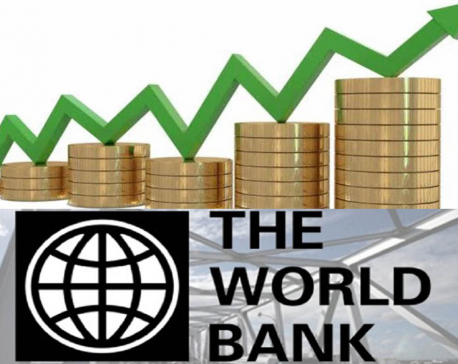
Complete education, full health could double Nepal's GDP per capita: WB
KATHMANDU, June 7: Nepal has the potential to double its Gross Domestic Product (GDP) per capita in the long run if... Read More...

Smugglers’ go-downs near customs office
SIRAHA, March 16: On March 10, a team from the District Police Office (DPO), Siraha, arrested a truck with an... Read More...

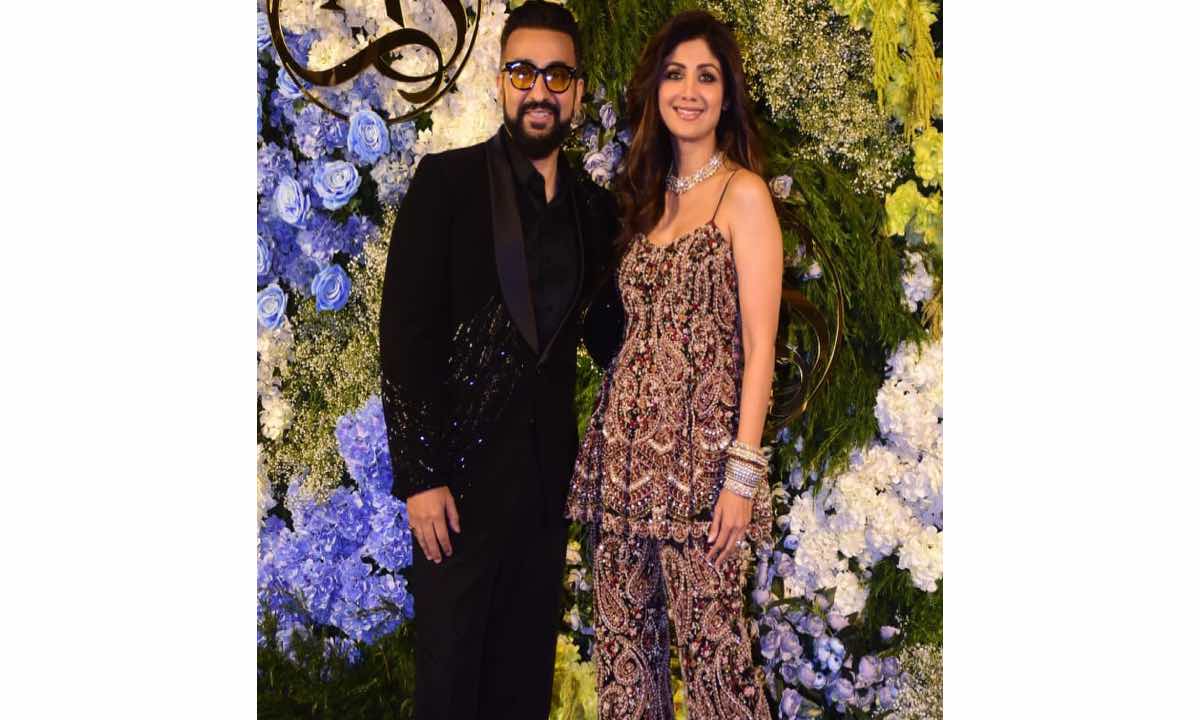
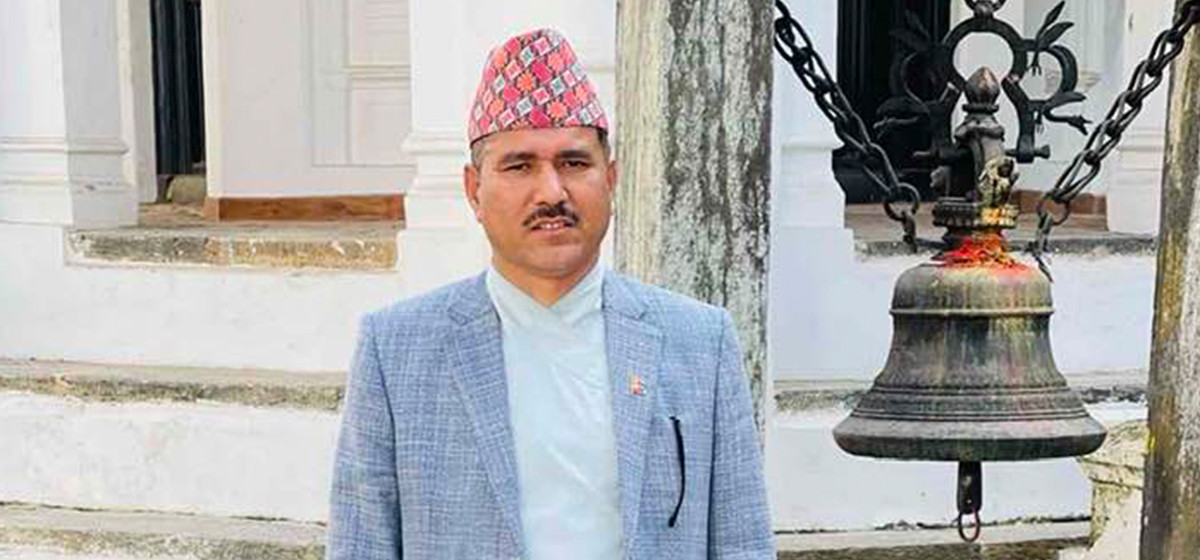
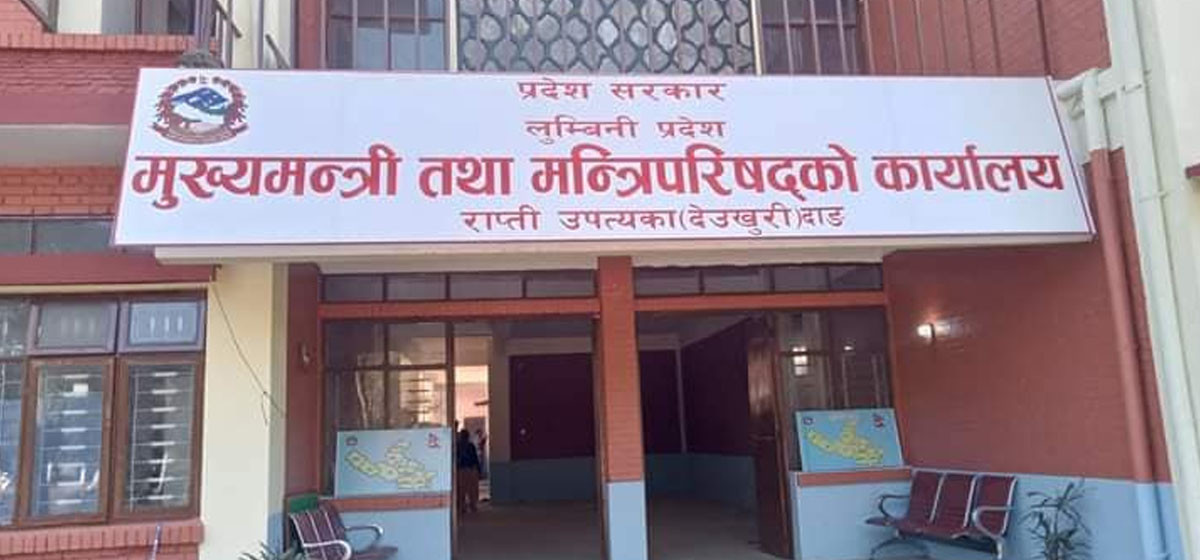
Just In
- NEPSE nosedives 19.56 points; daily turnover falls to Rs 2.09 billion
- Manakamana Cable Car service to remain closed on Friday
- Nepal govt’s failure to repatriate Nepalis results in their re-recruitment in Russian army
- Sudurpaschim: Unified Socialist leader Sodari stakes claim to CM post
- ED attaches Raj Kundra’s properties worth Rs 97.79 crore in Bitcoin investment fraud case
- Newly-appointed Auditor General Raya takes oath
- CM Mahara expands Cabinet in Lumbini Province
- FinMin Pun addresses V-20 meeting: ‘Nepal plays a minimal role in climate change, so it should get compensation’














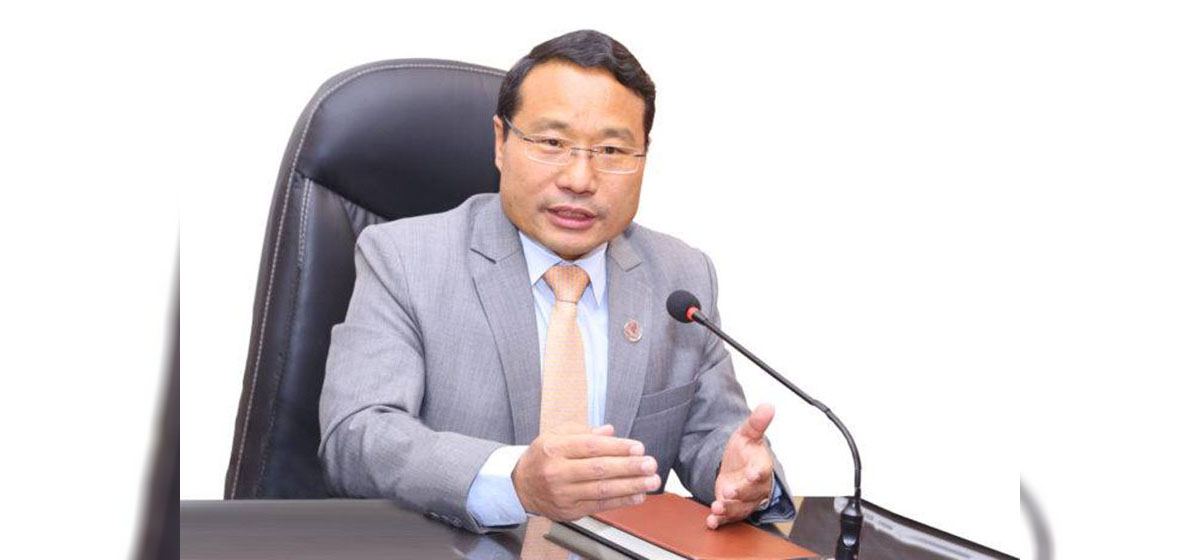
Leave A Comment